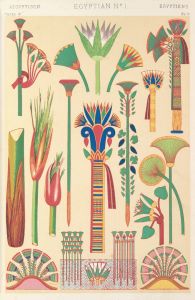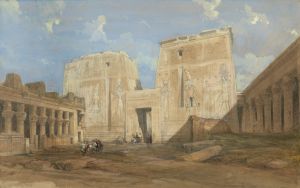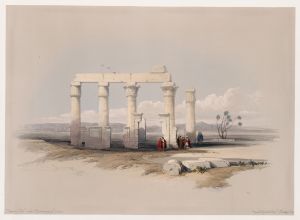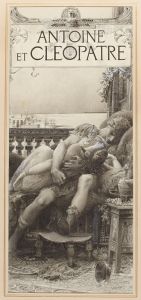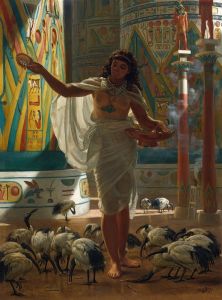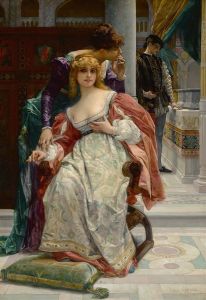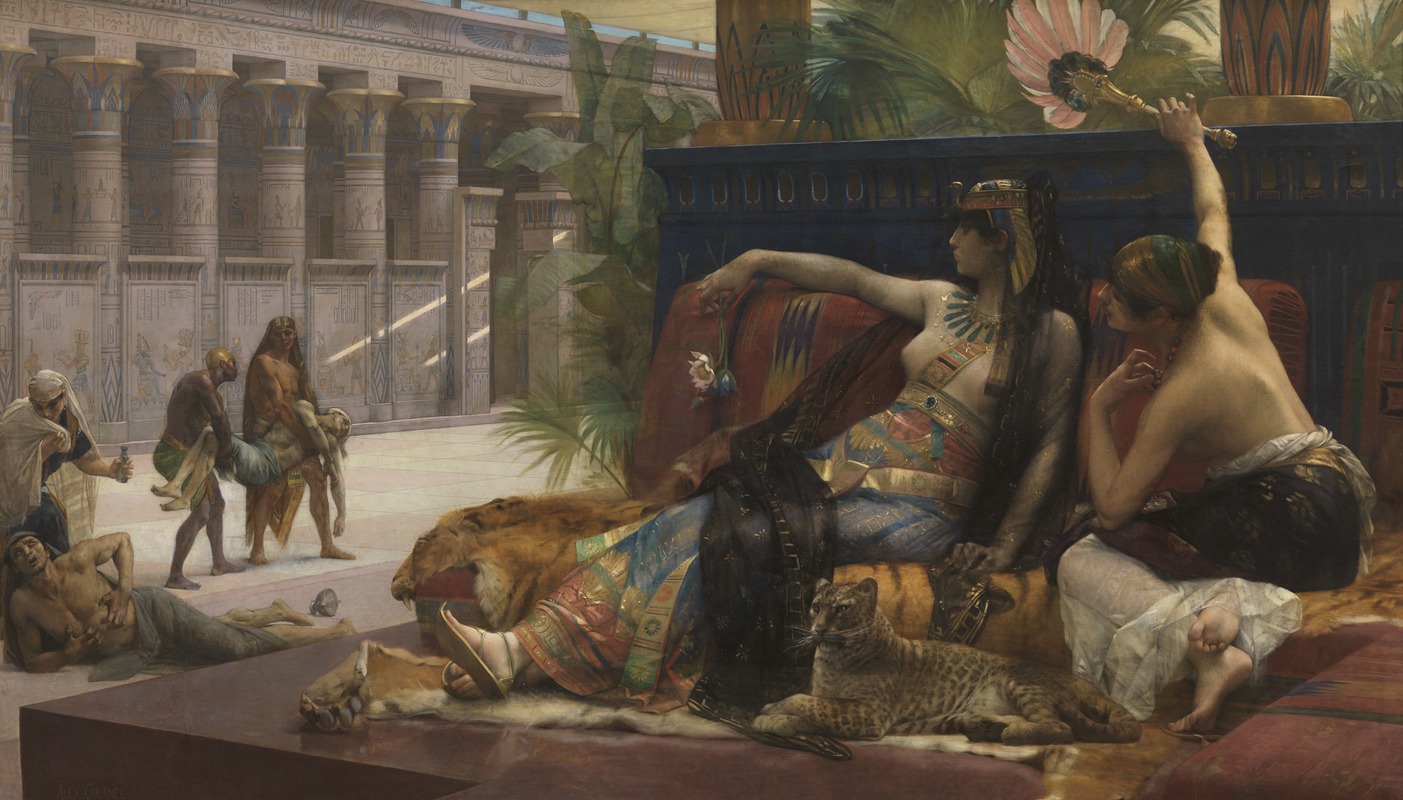
Cleopatra testing poisons on condemned prisoners
A hand-painted replica of Alexandre Cabanel’s masterpiece Cleopatra testing poisons on condemned prisoners, meticulously crafted by professional artists to capture the true essence of the original. Each piece is created with museum-quality canvas and rare mineral pigments, carefully painted by experienced artists with delicate brushstrokes and rich, layered colors to perfectly recreate the texture of the original artwork. Unlike machine-printed reproductions, this hand-painted version brings the painting to life, infused with the artist’s emotions and skill in every stroke. Whether for personal collection or home decoration, it instantly elevates the artistic atmosphere of any space.
"Cleopatra Testing Poisons on Condemned Prisoners" is a painting by the French artist Alexandre Cabanel, created in 1887. Cabanel was a prominent academic painter of the 19th century, known for his classical style and historical subjects. This particular work reflects the fascination with historical and exotic themes that was prevalent in European art during this period.
The painting depicts a scene from the life of Cleopatra VII, the last active ruler of the Ptolemaic Kingdom of Egypt. Cleopatra is a figure who has captivated the imagination of artists and writers for centuries, often portrayed as a powerful and enigmatic woman. In Cabanel's painting, she is shown in the act of testing poisons on condemned prisoners, a narrative that underscores her intelligence, ruthlessness, and the political intrigue of her reign.
Cabanel's work is characterized by its meticulous attention to detail and the use of rich, vibrant colors. In "Cleopatra Testing Poisons on Condemned Prisoners," he employs these techniques to create a dramatic and engaging composition. Cleopatra is depicted in luxurious attire, seated in a regal pose, which emphasizes her status and authority. The setting is opulent, with intricate architectural elements and lavish decorations that reflect the wealth and sophistication of the Egyptian court.
The prisoners, in contrast, are portrayed in a state of despair and resignation, highlighting the moral and ethical complexities of Cleopatra's actions. Cabanel's use of light and shadow adds depth to the scene, drawing the viewer's eye to the central figures and enhancing the emotional impact of the painting.
This work is an example of Cabanel's ability to blend historical narrative with artistic skill, creating a piece that is both visually striking and thought-provoking. It reflects the 19th-century European interest in ancient history and the exoticism of the East, themes that were popular in art and literature of the time.
"Cleopatra Testing Poisons on Condemned Prisoners" is housed in the Royal Museum of Fine Arts in Antwerp, Belgium. It remains an important example of Cabanel's oeuvre and a testament to the enduring allure of Cleopatra as a subject in art. The painting invites viewers to consider the complexities of power, morality, and the human condition, themes that continue to resonate in contemporary discussions of historical figures and events.





